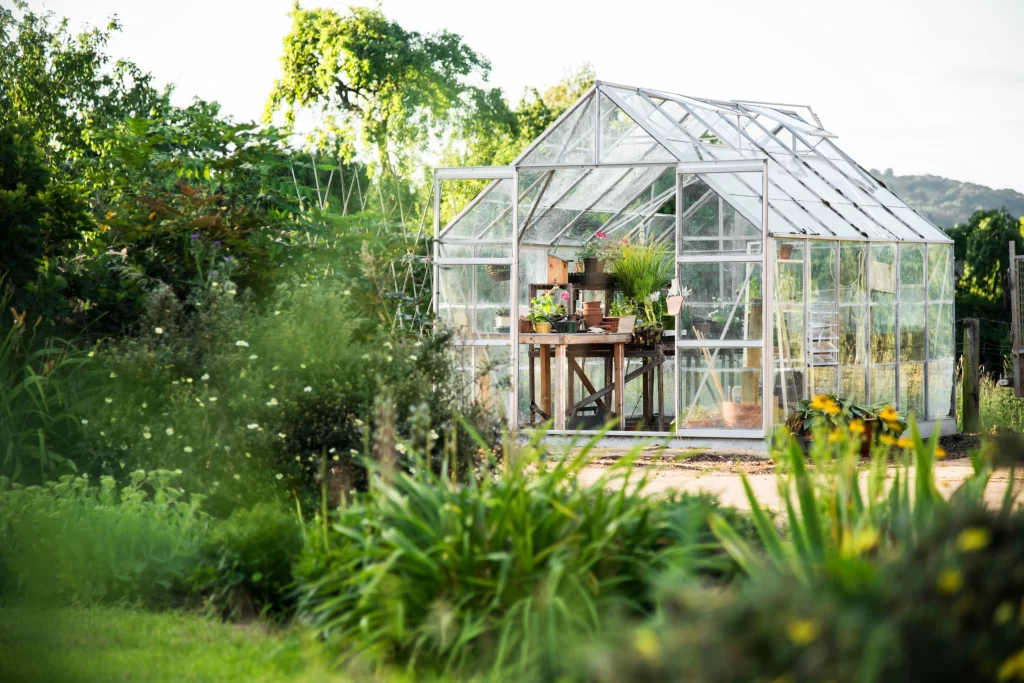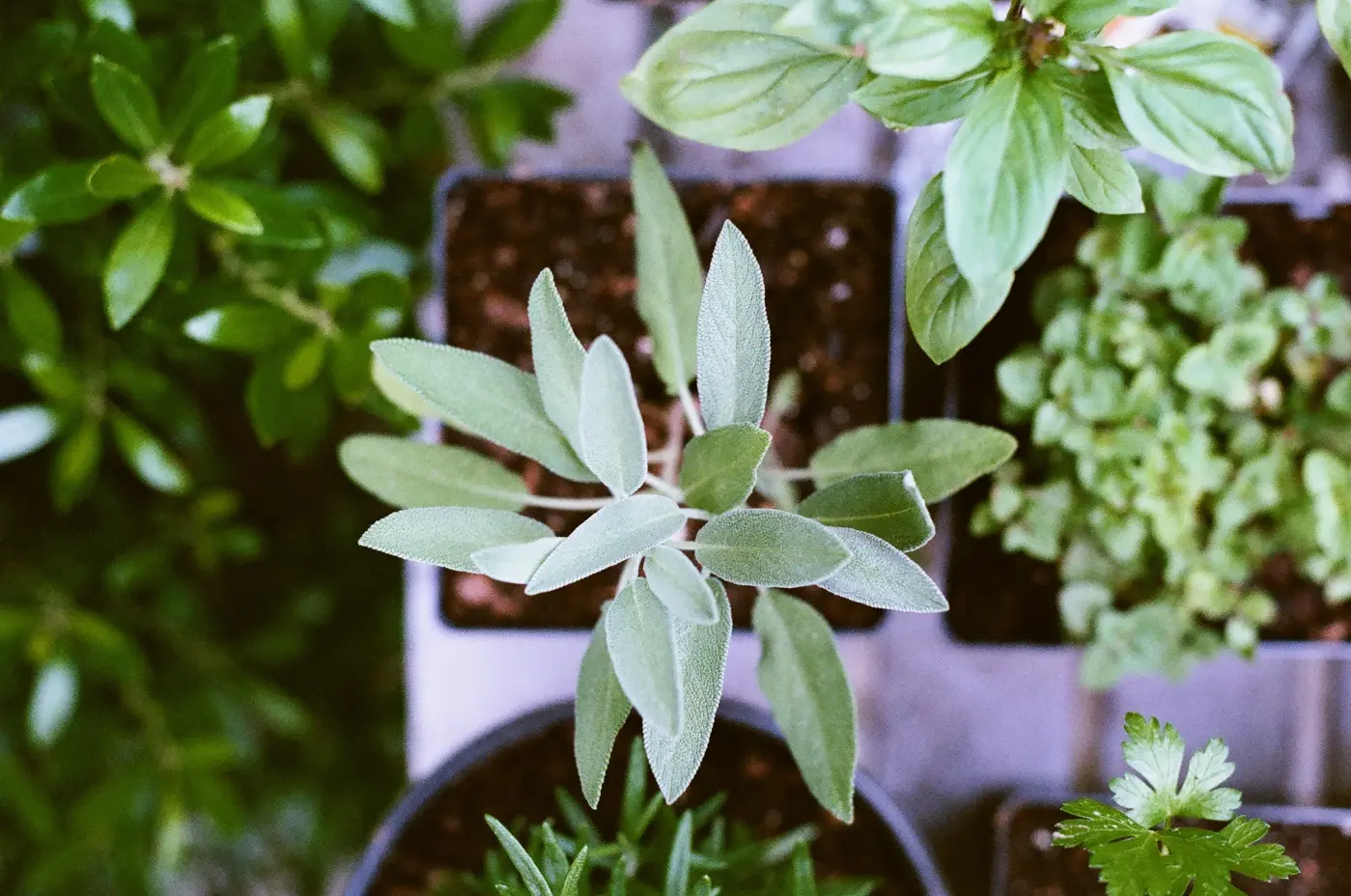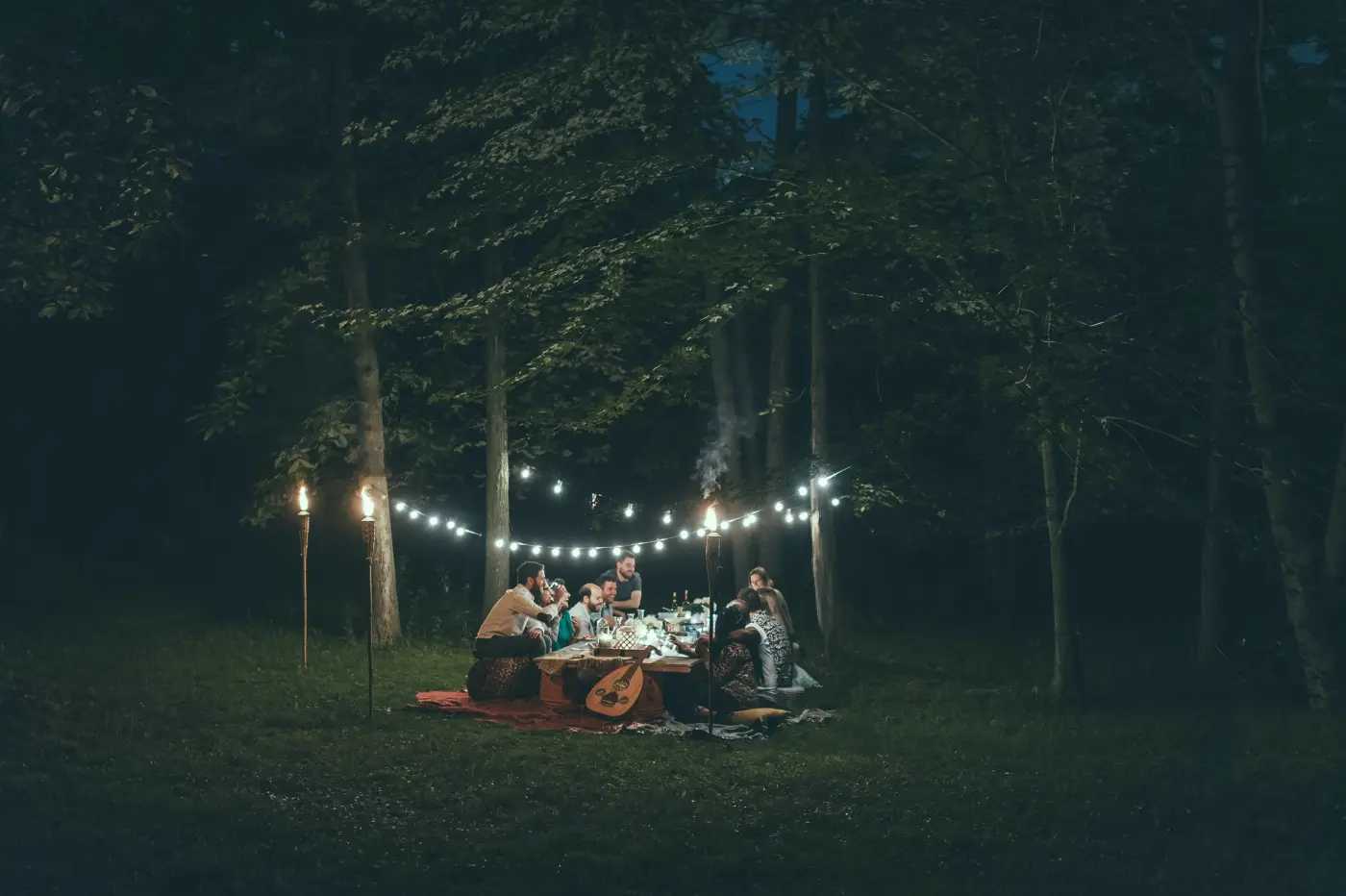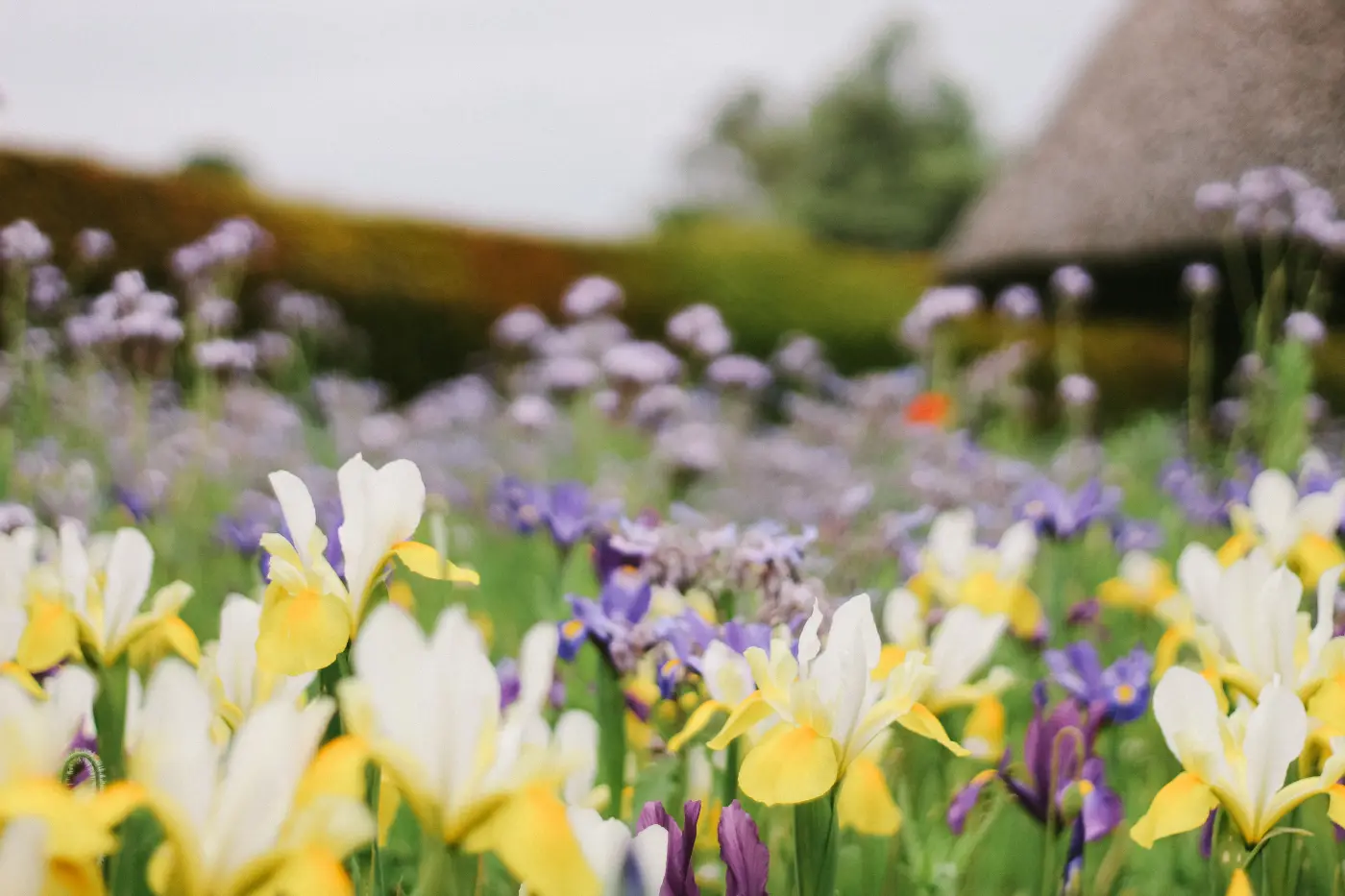Composting is popular these days and it’s easy to understand why. Good for the environment, simple to do and a super boost to your garden? What’s not to love! In this beginner’s guide, you will find the basics of composting, including how to start, what to use and additional tips and tricks.
What does composting do?
When you compost, you enrich the soil to create the perfect blend of nutrients for your plants. You also encourage organic matter to break down into minerals suitable for your garden, such as old vegetables and boxes. This provides a perfect alternative to remove food scraps and other compostable materials around your house, rather than just throwing them out. Compost also makes excellent earthworm food, helps protect plants from common garden diseases and pests, and it’s great for the environment.
What is “green” waste?
“Green” waste is high-nitrogen materials, which offer a lot of nutrients to your compost starter. Just make sure to peel off any stickers from any fruits or vegetables before you compost them! You can throw in a ton of organic material into your compost, including but not limited to:
- Fruit
- Banana peels
- Coffee grounds
- Avocado peels
- Old herbs and spices
Food scraps aren’t the only things you can throw into your compost. You can also add “brown,” high-carbon waste that will add structure to your mixture. As a general rule, the more varied your compost, the more nutrient-rich it will be. You can add in things like:
- Wood shavings and sawdust
- Black and white printed newspapers
- Grass clippings
- Free leaves
What are a few composting rookie mistakes?
You can accidentally overwhelm your compost with paper and other non-organic goods, which would choke out a lot of the healthy nutrients and microorganisms that are trying to break down the materials. Instead, you should slowly add in paper scraps and mix it in thoroughly with the rest of the compost over time.
Another mistake is to forget about stirring your mixture. Much like a hearty stew, you need to mix all the ingredients to better incorporate everything together. This allows air to come into the compost to help it breathe.
While composting is a great way to turn your kitchen waste into something beneficial for your garden, not everything can be tossed into the bin. Some food wastes will create an odor that may attract unwanted visitors, while some yard wastes can slow down or halt the decomposition process. Unless you want to create a buffet for your local critters, don’t add the following to your compost bin:
- Meat, fish and bones
- Dairy, fats or oils
- Any plant scraps treated with pesticides
- Charcoal ash
- Pet waste
Now, how do you start a compost bin?
The easiest answer is to combine your scraps with water, lawn trimmings, your chosen waste, and air. Then simply wait for your compost to begin. However, if you want the perfect compost, there is a little bit of science involved.
If there is too much green waste, your compost will not have enough structure to form. If there’s too much brown waste, your decomposition will slow down. The rule of a green thumb is to combine 3 parts of your brown materials to 1 part of the green.
You can start your compost bin in a multitude of containers and ways. Use a 5 gallon bucket from a home improvement store or try an old trash can. You can even just dig a large enough hole in your backyard. If you’re planning to keep your compost indoors, you can use a plastic storage bin with holes drilled into the side. Place it into a larger bin to collect any potential spillage.
That’s it! It’s that easy! Composting is a simple and fun way to reduce your food waste while giving your garden a boost. It’s not an exact science, so don’t be afraid to play with your bins, alter the “browns to greens” ratio or experiment with how often you stir the mixture. It’s very hard to mess up, so remember to have fun with it.






